With 20 foot waves washing over the pier and gale-force winds pounding the Duluth Ship Canal on the evening of Sunday, April 30, 1967, many flocked as they still do today to watch the storm down by the lake. This storm brought gusty 45 mph winds coupled with a lake temperature of 36 °F to the shoreline. The Halverson brothers, Eric, Nathan, and Arthur, like many others went down to the pier to get a view of the waves crashing onto the walkways. Venturing along the north pier, a 20 foot wave crashed over the wall, sweeping the brothers off the pier. Coast Guardsmen were called in to attempt to save the brothers. In their attempt, Boatswain Mate First Class Edgar A. Culbertson was swept off his feet by a strong wave into the canal. The Halverson brothers and Culbertson lost their lives. In their heroic attempt to save the brothers, the Coast Guardsmen, including Culbertson, were awarded the Coast Guard Medal, the highest peace time medal. After this event, changes were made to the pier with the installation of fencing that closes off the walkway towards the lighthouse when strong waves come over the walls. On this 50-year anniversary, we remember their sacrifices and provide our sympathies to their family and friends.
And while strong winds and waves pounded the Duluth shoreline on the evening of Sunday, April 30, 1967, areas in downstate Minnesota and northern Iowa were impacted by multiple tornadoes that hit various towns including Waseca and Albert Lea, Minnesota, and Clear Lake, Iowa. For many locals, this date is referred to as "Black Sunday". In total, there were 21 tornadoes reported along with 13 fatalities and 80 who suffered injuries. We again provide our sympathies to their family and friends.
A surface low pressure center was positioned over central South Dakota with a cold front stretching from South Dakota south to southern Texas, a warm front from Sioux Falls, South Dakota to St. Louis, Missouri, and a stationary front from Huron, South Dakota, through Minneapolis and Escanaba, Michigan. Warmer temperatures were felt across eastern Nebraska and southern Iowa with high temperatures measured in the mid 80s. The Minneapolis 24-hour high temperature was 55 degrees F with a low of 41 degrees F, while Duluth had a high of 34 degrees F with a low of 30 degrees F. International Falls had a high of 38 and low of 29 for April 30.
The National Weather Service Forecast Office in Chanhassen, MN (MPX) posted a story abut the tornado outbreak on this day. You can find it here.
 |
 |
| Waves crashing over the Duluth breakwall on the evening of April 30, 1967 |
Waves Crashing over the Duluth breakwall by the Lift Bridge on April 30,1967 |
| Photo Credits: 1967 U.S. Coast Guard Photo (for release) by Fireman Ronald Prei / via PS1 Kevin Rofidal, MSU Duluth |
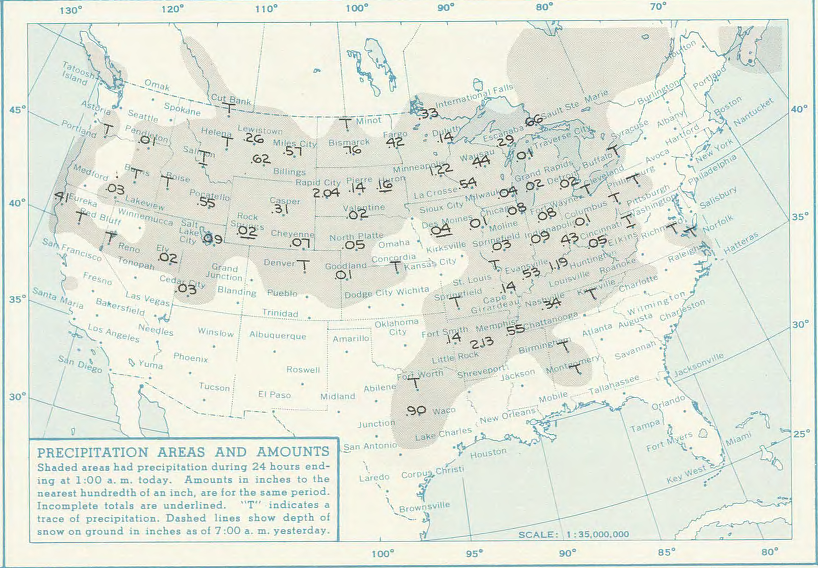 |
|
| 24-Hour Precipitation Ending at 1:00 AM May 1, 1967 | Max Highs and Lows Ending at 1:00 AM May 1, 1967 |
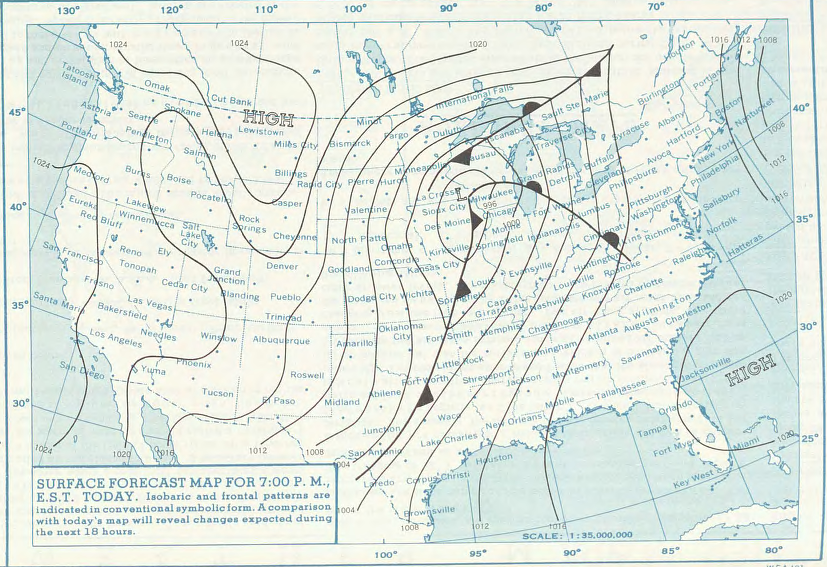 |
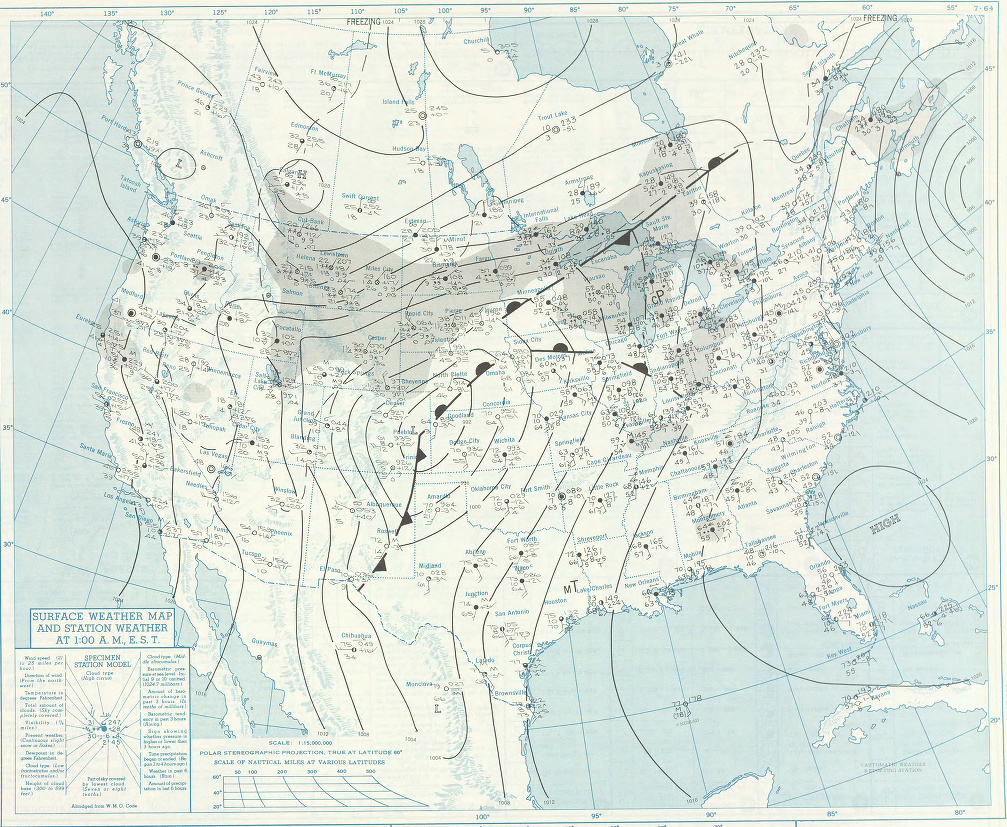 |
| Surface Forecast Map for 7:00 PM on April 30, 1967 | Surface Weather Map at 1:00 AM on April 30, 1967 |
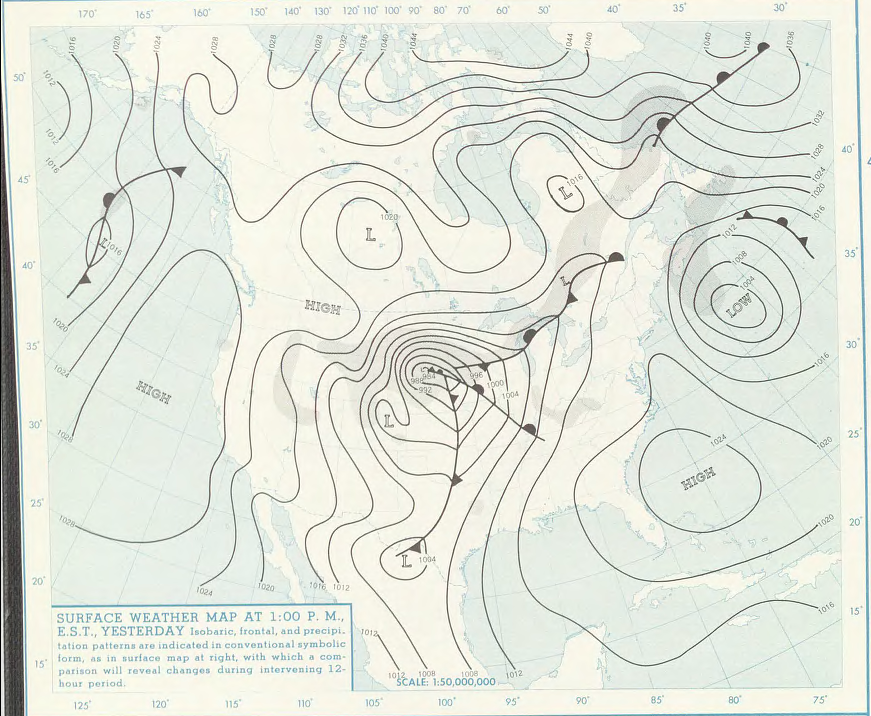 |
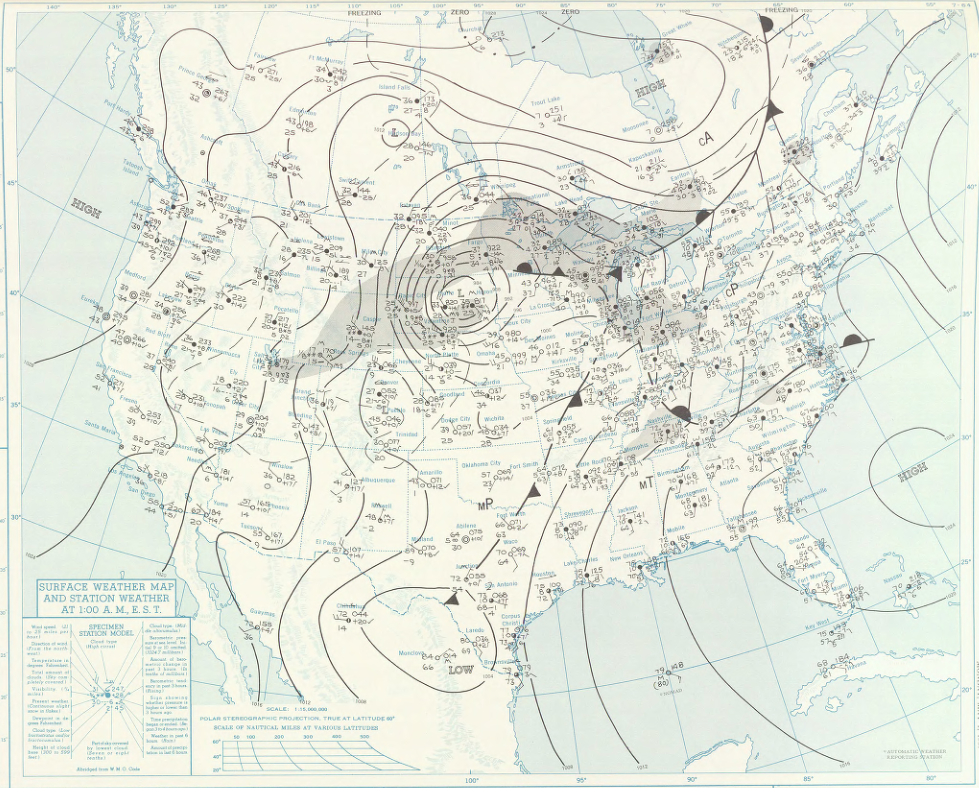 |
| Surface Weather Map at 1:00 PM on April 30, 1967 | Surface Weather Map at 1:00 AM on May 1, 1967 |
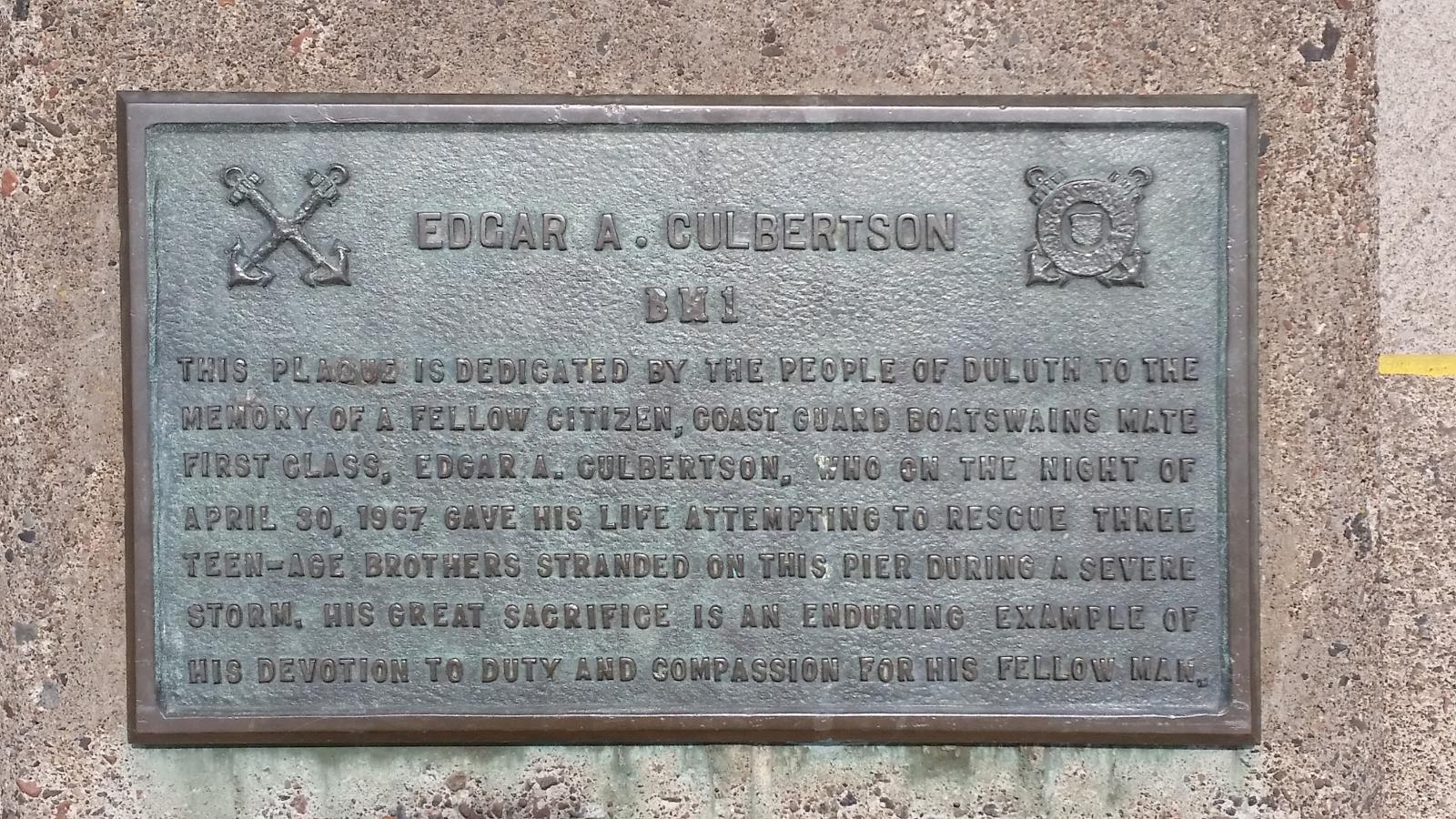 |
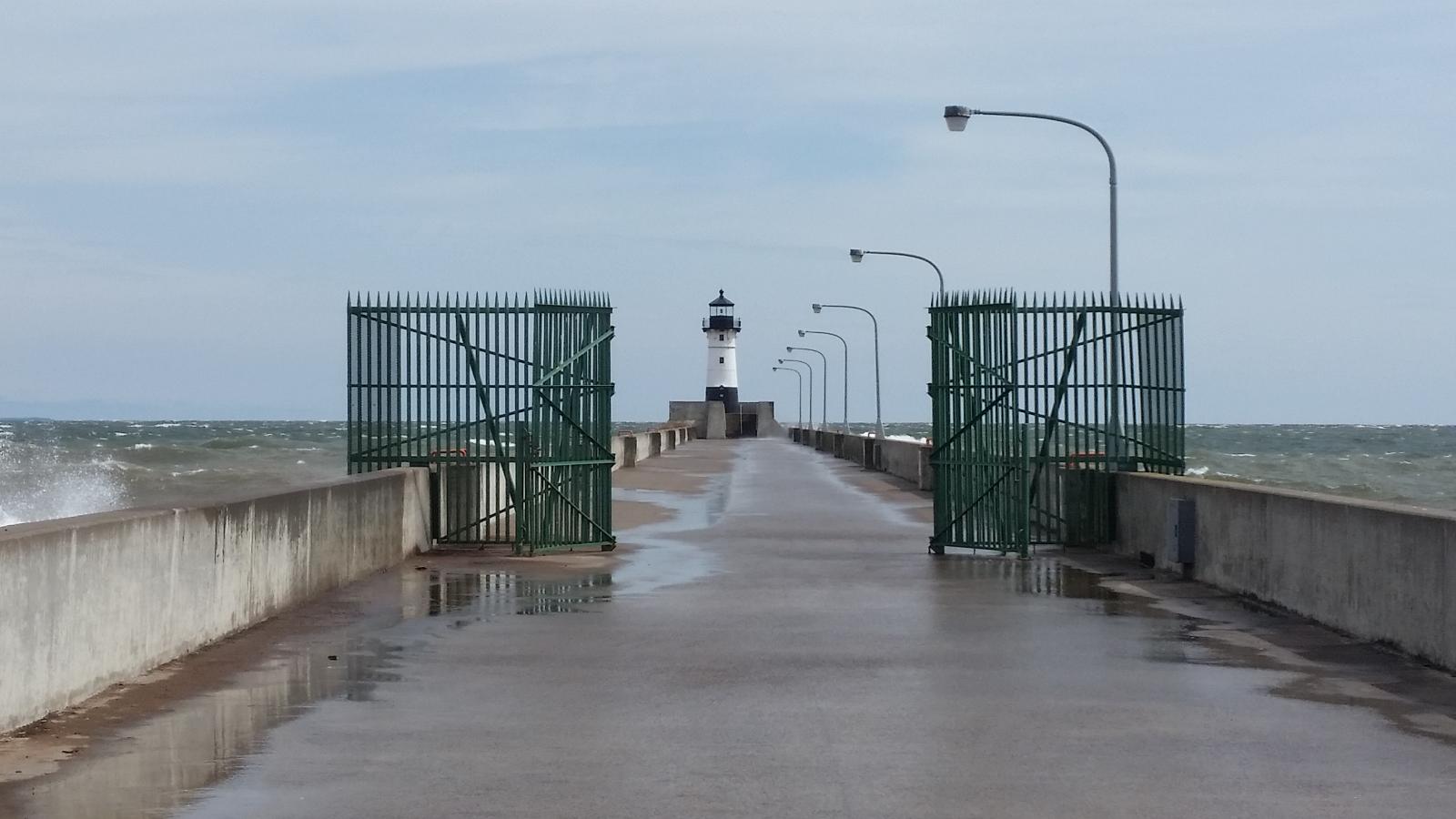 |
| Plaque honoring Coast Guardsman Edgar Culbertson | Pier fencing installed in 1967 after Black Sunday. |
 |
Media use of NWS Web News Stories is encouraged! Please acknowledge the NWS as the source of any news information accessed from this site. |
 |